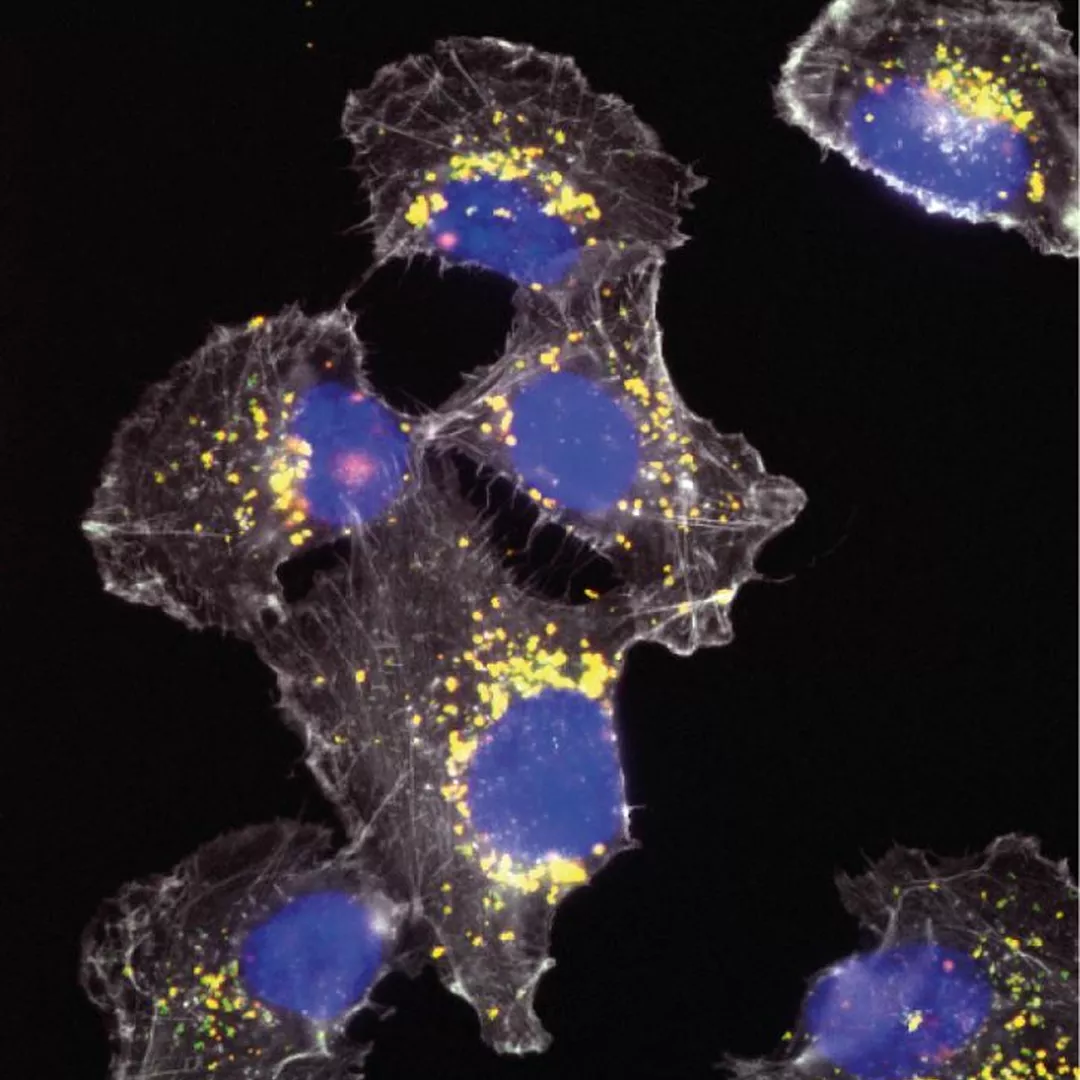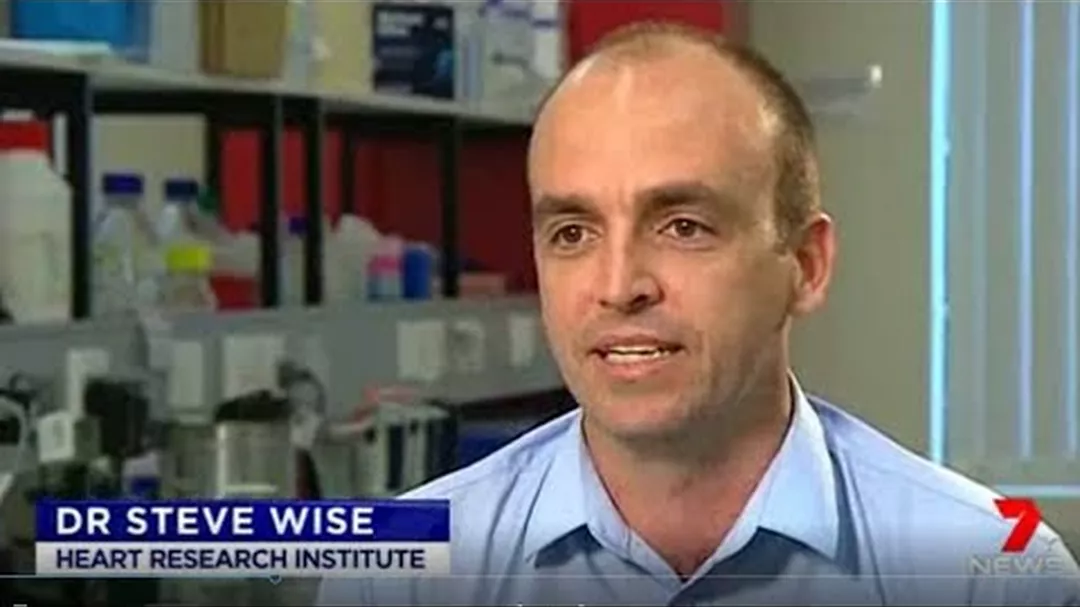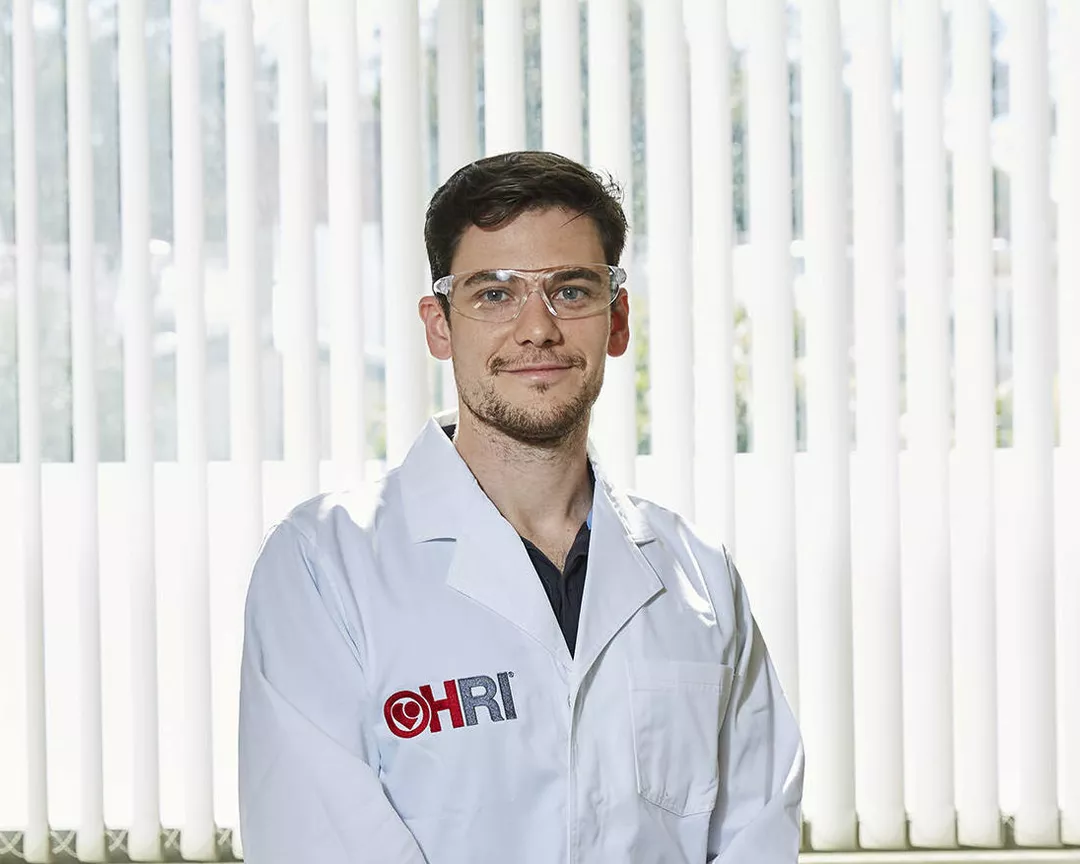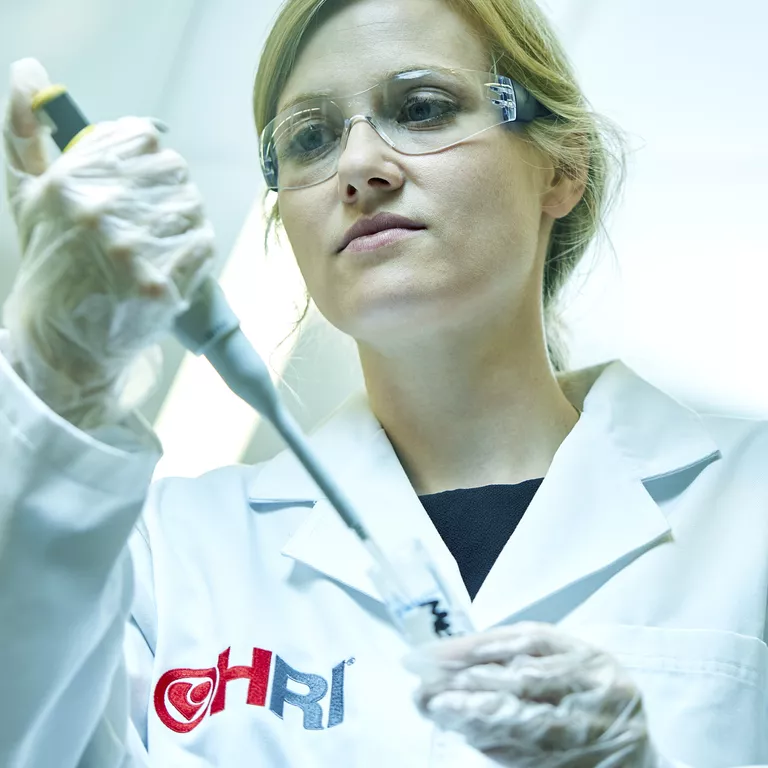A super-charged nanoparticle with truck-like power and GPS-style precision is poised to change the way medication is delivered to sick Australians.
Scientists at Heart Research Institute in Sydney have engineered multifunctional nanoparticles that can effectively work as ‘nanocarriers’, hauling a wide range of molecules including drugs or genetic material, to exactly where it needs to go in the body.
The breakthrough, published in the journal ACS Applied Nano Materials, significantly improves on current nanotechnologies, which are too costly, complicated and time-consuming to be easily translated into use in the clinic.
The technology is vastly superior to widely-used conventional therapies like chemotherapy, with lead scientist Dr Miguel Santos likening the particles, dubbed nanoP3, to a modern big rig with a built-in satellite navigation system.
“If you think of conventional therapies like chemotherapy as a blind cyclist trying to find its way, then our nanocarrier is a truck. And not just any truck, but one with heavy haulage capabilities and powerful GPS tracking,” says Dr Santos, a postdoctoral researcher in HRI’s Applied Materials Group led by Dr Steven Wise. “Unlike chemo, our technology has the potential to deliver large quantities of the drug exactly where it needs to go and nowhere else, all without costing any more. With that kind of result, the potential for it to change the drug delivery landscape is huge.”
Multifunctional nanoparticles hold great promise in improving imaging, diagnostics and treatment of a great number of clinical conditions, the researcher explains. They can enhance effectiveness, reduce toxicity and minimise side effects associated with conventional treatments.
But attempts to build safe and effective nanoparticles have, until now, not been very successful. “The process of making more efficient, non-toxic multifunctional nanoparticles is expensive and time-consuming, and any particles developed have had issues with efficacy and toxicity,” Dr Wise says.
That could now change with the development of nanoP3, a patented nanoparticle with an exceptionally active surface that carries a vast array of biomolecules. The team at HRI, supervised by Dr Wise, together with Dr Santos, PhD candidate Praveesuda Michael and their collaborator Professor of Applied Physics Marcela Bilek from the University of Sydney, made the nanoparticles using state-of-the-art plasma technology, building them in a specialist reactor where a mixture of gases is run through a strong electric field.
The result proves for the first time that plasma-built nanoparticles can be used as cost-effective nanocarriers. “Using our versatile nanoparticle platform, we can easily engineer off-the-shelf nanocarriers tailor-made for the needs of each patient and clinical condition,” Dr Santos says. “The potential applications are huge and exciting, ranging from improved ways to treat heart disease, cancer and Alzheimer’s, through to more efficient gene therapies.”
In the short term, HRI hopes to get funding to make the technology available as a research and development tool. They’ll also work to build strong industry partnerships and identify drugs that could work with the technology. “The ultimate goal of demonstrating safety in humans and relevance for the drug delivery and gene therapy industries is a longer-term project that will require further government and industry funding,” Dr Wise says. “With the promise of far superior treatments and better outcomes for patients, this is an opportunity that should be taken seriously.”




